Taking up a hobby like art, dance or music classes could have significant hidden benefits.
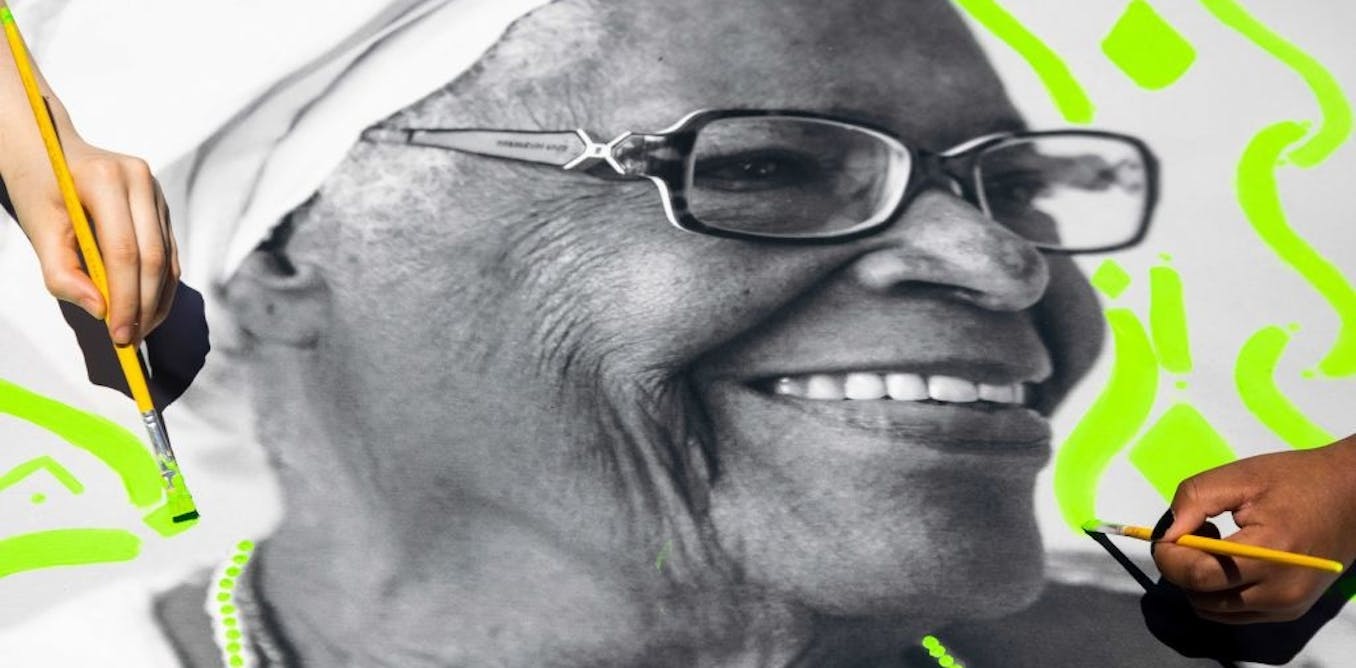

Meet the caretaker AIs: guardians of planets, habitats, and civilizations. What happens when machines become the spirit and soul of the worlds they protect?
Checkout Rifftrax https://go.nebula.tv/rifftrax?ref=isa…
Watch my exclusive video The Fermi Paradox — Civilization Extinction Cycles: https://nebula.tv/videos/isaacarthur–…
Get Nebula using my link for 40% off an annual subscription: https://go.nebula.tv/isaacarthur.
Grab one of our new SFIA mugs and make your morning coffee a little more futuristic — available now on our Fourthwall store! https://isaac-arthur-shop.fourthwall…
Visit our Website: http://www.isaacarthur.net.
Join Nebula: https://go.nebula.tv/isaacarthur.
Support us on Patreon: / isaacarthur.
Support us on Subscribestar: https://www.subscribestar.com/isaac-a…
Facebook Group: / 1583992725237264
Reddit: / isaacarthur.
Twitter: / isaac_a_arthur on Twitter and RT our future content.
SFIA Discord Server: / discord.
Credits:
Caretaker AI & Genus Loci 2025 Edition.
Written, Produced & Narrated by: Isaac Arthur.
Editors: Ludwig Luska.
Graphics:
Bryan Versteeg.
Jeremy Jozwik.
Ken York YD Visual.
Kris Holland Mafic Studios.
Select imagery/video supplied by Getty Images.
Music Courtesy of Epidemic Sound http://epidemicsound.com/creator
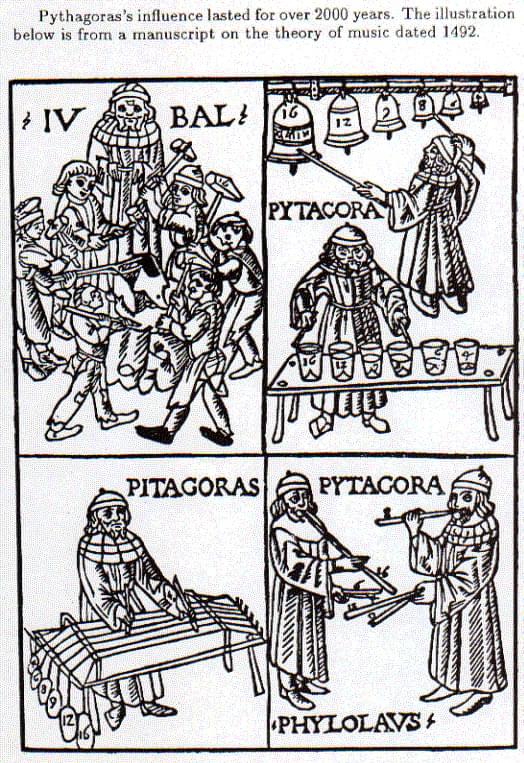
I. Using simple mathematics, Pythagoras was able to describe the basis of almost all musical scales, including the pentatonic, the Western, the chromatic and the Arabic scales. This shows the power and excitement of science. For the first time, Pythagoras could answer the question, WHY? Why are these notes and scales special? The answer is that they are formed in a simple, systematic, and mathematical manner. Most importantly, Pythagoras showed that the notes are not random or arbitrary and that they could be understood on a deeper level.
II. Pythagorass discoveries bring up a deeper psychology question: scales were first developed by ear: we and the Neanderthals choose these particular notes before there was any understanding of mathematics or physics. The notes were chosen simply because they were pleasing to the ear. But, as it turns out, the scales also follow basic mathematical constructs. So the question is, what does this say about our likes and emotions? Is there a mathematical/physical basis to them, as well?
III. The power of spectroscopy. What Pythagoras did was look a physical system (the musical scale), found characteristic frequencies (pitches/notes) and found simple mathematical relationships between the frequencies (ratios of 3/2, for example). This process actually became a fundamental part of physics, and modern physics, in particular.
Could tiny magnetic objects, that rapidly clump together and instantly fall apart again, one day perform delicate procedures inside the human body? A new study from researchers at the Max Planck Institute for Intelligent Systems in Stuttgart and at ETH Zurich introduces a wireless method to stiffen and relax small structures using magnetic fields, without wires, pumps, or physical contact.
In music, “jamming” refers to the spontaneous gathering of musicians who often improvise without aiming for a predefined outcome. In physics, jamming describes the transition of a material from a fluid-like to a solid-like state—like a traffic jam, where the flow of cars suddenly stops. This transformation can also be triggered on demand, offering a powerful and versatile way to control stiffness for robotic systems.
In most robotic applications, jamming is achieved using vacuum systems that suck air out of flexible enclosures filled with materials such as particles, fibers, or grains. But these systems require pumps, valves, and tubing—making them difficult to miniaturize.
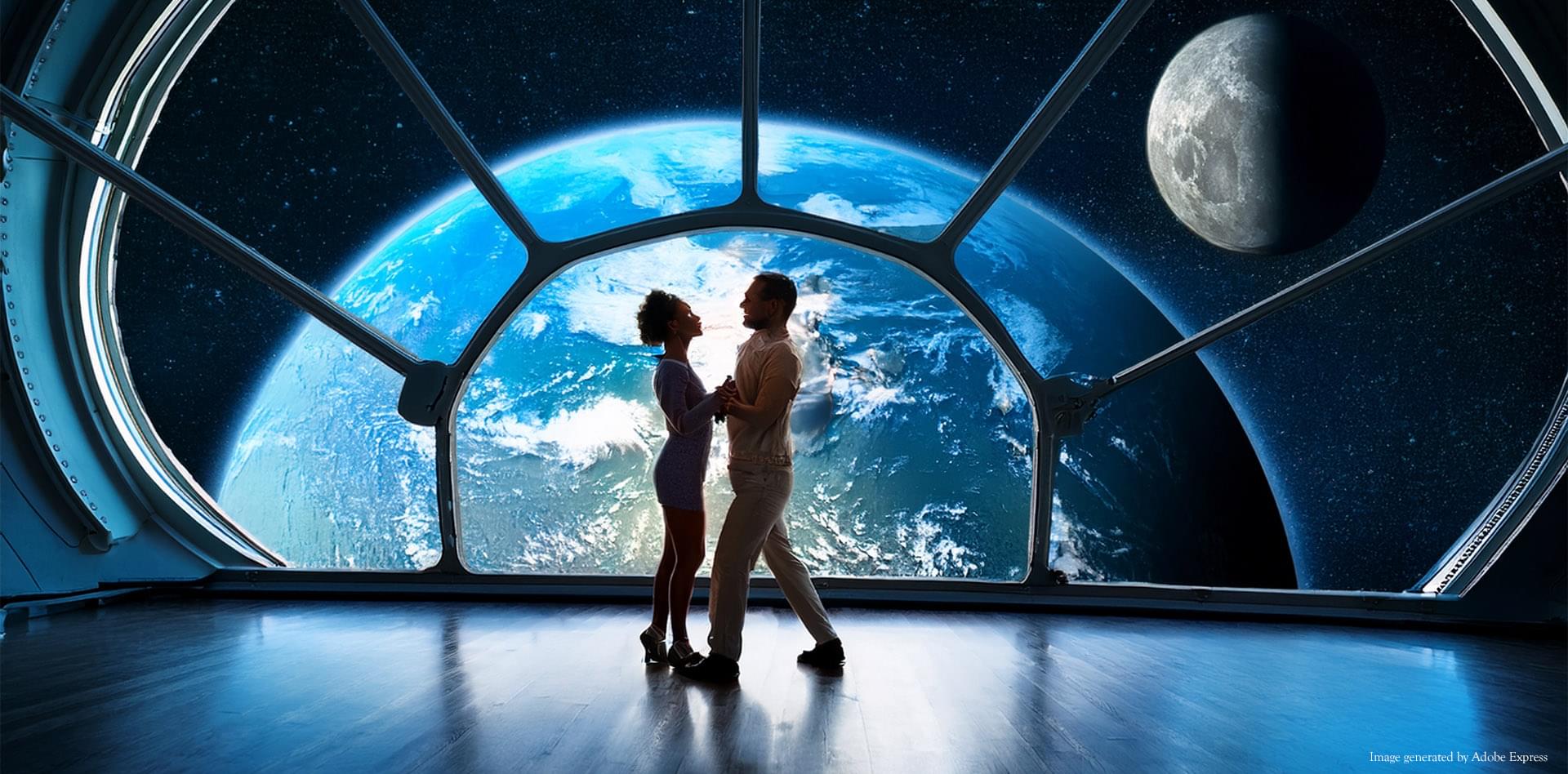
Humanity stands at a crossroads. Our beautiful Earth, cradle of all we know, is straining under the weight of nearly 8.5 billion people. Environmental degradation, social inequity, and resource scarcity deepen by the day. We are reaching the limits of a single-planet civilization. We can face this challenge in two ways. Some will cling to the old patterns—fighting over dwindling resources and defending narrow borders. Others will rise above, expanding into space not to escape Earth, but to renew and sustain it. These pioneers—the Space Settlers —will carry the next chapter of civilization beyond our home planet.
The Humanist Path: Living in Free Space. When people imagine living beyond Earth, they often picture Lunar or Martian colonies. Yet, from a humanist perspective, a better path exists: rotating free space habitats, as envisioned by Gerard K. O’Neill. These are vast, spinning structures orbiting Earth or the Moon, or standing at Lagrange Libration Points, designed to simulate Earth’s gravity and sustain full, flourishing communities. Unlike planetary colonies bound to weak gravity, dust, or darkness, O’Neill habitats offer: 1g simulated gravity to preserve human health; continuous sunlight and abundant solar energy; freedom of movement, as habitats can orbit safely or relocate if needed. More than technical achievements, these habitats embody the Enlightenment spirit—the belief that reason, ethics, and creativity can design environments of dignity, beauty, and freedom.
Freedom and Human Dignity in Space. Freedom is at the heart of humanity’s destiny. Consider a lunar settler who finds his bones too fragile to withstand Earth’s gravity—trapped by biology, after a few years living on the Moon. In contrast, inhabitants of a rotating habitat retain the freedom to return on Earth, at will. Simulated gravity safeguards their health, ensuring that space settlement remains reversible and voluntary. Freedom of movement leads naturally to freedom of culture. In a habitat like “New Gaia”, thousands of people from all nations live together: Russians celebrating Maslenitsa, Indians lighting Diwali lamps, and space-born storytellers sharing ancient myths. New traditions also emerge—festivals, music, and art inspired by life between worlds. These habitats can become beacons of a new Renaissance —a rebirth of cultural and creative freedom beyond the constraints of geography and politics.
Go to https://PIAVPN.com/IsaacArthur to get 83% off from our sponsor Private Internet Access with 4 months free!
A Dyson Swarm isn’t just power—it’s prosperity. See how humanity could turn a star’s energy into a solar-scale economy of trillions.
Visit our Website: http://www.isaacarthur.net.
Join Nebula: https://go.nebula.tv/isaacarthur.
Support us on Patreon: / isaacarthur.
Support us on Subscribestar: https://www.subscribestar.com/isaac-a… Group: / 1,583,992,725,237,264 Reddit:
/ isaacarthur Twitter:
/ isaac_a_arthur on Twitter and RT our future content. SFIA Discord Server:
/ discord Credits: The Dyson Economy — Mega-Structures, Mega-Markets, and Mega-Wealth Produced, Narrated & Written: Isaac Arthur Editor: Jonathan Maltz Editor: Thomas Owens Graphics: Bryan Versteeg, Jeremy Jozwik, Ken York, Sergio Botero, Udo Schroeter Select imagery/video supplied by Getty Images Music Courtesy of Stellardrone & Epidemic Sound http://epidemicsound.com/creator Chapters 0:00 Intro 0:09 The Vision of the Space Elevator 2:46 The Rope That Reaches the Sky 9:08 Manufacturing the Megastructure 12:58 Tether Design and Variants 19:57 PIA 21:52 Defects and Composites: Strength in Layers 22:48 Power and Payload 25:20 Safety, Scaling, and the Road Ahead.
Facebook Group: / 1583992725237264
Reddit: / isaacarthur.
Twitter: / isaac_a_arthur on Twitter and RT our future content.
SFIA Discord Server: / discord.
Credits:
The Dyson Economy — Mega-Structures, Mega-Markets, and Mega-Wealth.
Produced, Narrated & Written: Isaac Arthur.
Editor: Jonathan Maltz.
Editor: Thomas Owens.
Graphics: Bryan Versteeg, Jeremy Jozwik, Ken York, Sergio Botero, Udo Schroeter.
Select imagery/video supplied by Getty Images.
Music Courtesy of Stellardrone & Epidemic Sound http://epidemicsound.com/creator.
Chapters.
0:00 Intro.
0:09 The Vision of the Space Elevator.
2:46 The Rope That Reaches the Sky.
9:08 Manufacturing the Megastructure.
12:58 Tether Design and Variants.
19:57 PIA
21:52 Defects and Composites: Strength in Layers.
22:48 Power and Payload.
25:20 Safety, Scaling, and the Road Ahead.
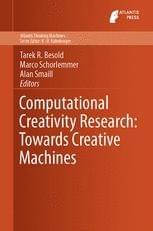
Computational Creativity, Concept Invention, and General Intelligence in their own right all are flourishing research disciplines producing surprising and captivating results that continuously influence and change our view on where the limits of intelligent machines lie, each day pushing the boundaries a bit further. By 2014, all three fields also have left their marks on everyday life – machine-composed music has been performed in concert halls, automated theorem provers are accepted tools in enterprises’ R&D departments, and cognitive architectures are being integrated in pilot assistance systems for next generation airplanes.
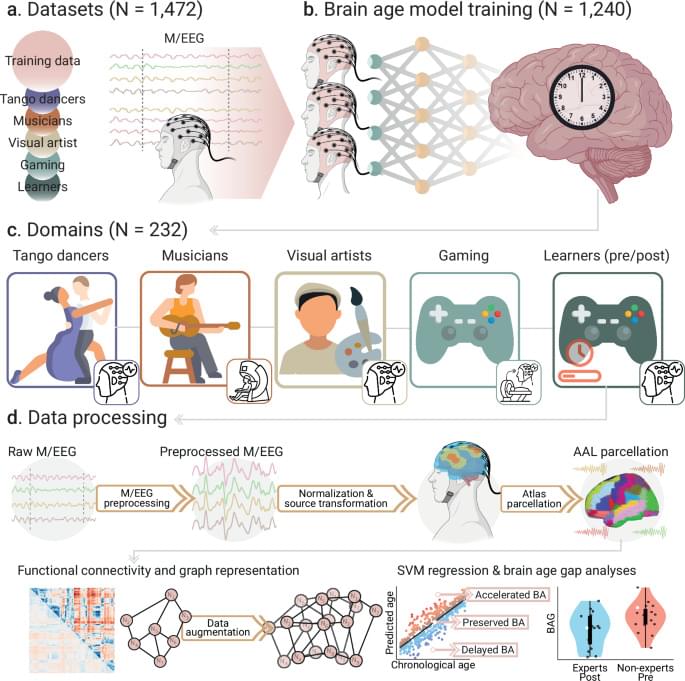
We also discuss some of the lesser known options for augmentation and explore the notion of man-machine integration.
Join this channel to get access to perks:
/ @isaacarthursfia.
Visit our Website: http://www.isaacarthur.net.
Join the Facebook Group: / 1583992725237264
Support the Channel on Patreon: / isaacarthur.
Visit the sub-reddit: / isaacarthur.
Listen or Download the audio of this episode from Soundcloud: / cyborgs.
Cover Art by Jakub Grygier: https://www.artstation.com/artist/jak… by: Dexter Britain “Seeing the Future” Lombus “Hydrogen Sonata” Sergey Cheremisinov “Labyrinth” Kai Engel “Endless Story about Sun and Moon” Frank Dorittke “Morninglight” Koalips “Kvazar” Kevin MacLeod “Spacial Winds” Lombus “Amino” Brandow Liew “Into the Storm”
Music by:
Dexter Britain.
\
Get GameMaker! https://opr.as/GM-mattbatwings.
Patreon: https://www.patreon.com/mattbatwings.
Discord: https://discord.gg/V5KFaF63mV (Competition details are in # comp-info)
My socials: https://linktr.ee/mattbatwings.
My texture pack: https://modrinth.com/resourcepack/mattpack.
World Download: (JAVA 1.21.4) https://www.planetminecraft.com/project/upgrading-builds/
Original Game of Life: https://youtu.be/D8FMiFswZN8?si=7eVZszzhMip0IYJN
Original Tic Tac Toe: https://youtu.be/f_KnGOmNHE0?si=9sB3lRbuJSB6lSxG
Want to get more involved in the logical redstone community?
Learn Logical Redstone! https://youtube.com/playlist?list=PL5LiOvrbVo8keeEWRZVaHfprU4zQTCsV4
Open Redstone Engineers (ORE): https://openredstone.org/
Music (in order):
LitKidBeats — GOOD VIBES https://youtu.be/WRBRA3ZZ1cM?si=GRsDLhAJfvcRI_Iv.
Lukrembo — Rose https://youtu.be/XIhyti2Qa74?si=rmOo5hIMqi0lveHi.
Harris Heller — Trendy https://open.spotify.com/track/5Iyyvfv9vPW7duF3BFuGAh.
Harris Heller — Call Me Daddy https://open.spotify.com/track/7G0KJtPB7nEqjwARGiHsQM
massobeats — aromatic https://youtu.be/vpgK_3TJI_A?si=R4cmTgiwygrehsXi.
Lukrembo — Green Symphony https://youtu.be/qtbl_7cSLMI?si=Kww8YEwYW3ifcLjg.
Lukrembo — Jay https://youtu.be/1zmJ_4kGYUU?si=_OXkCGSqYBrceIWS
Lukrembo — Afternoon https://youtu.be/tayfXQfFDZE?si=JdseBiOdWi44B9I_
MOST TRACKS CAN BE FOUND HERE — https://freetouse.com/music